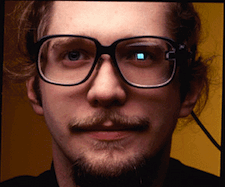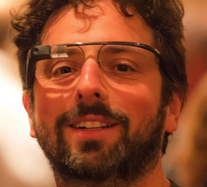“Now that we’re alone, can I ask you a question,” the writer asked.
“Shoot.”
“Why are you still hanging out here? You could go through that door too.”
“And leave experimental conditions like these? Do you really think,” she said, “I would miss up an opportunity to explore a reality like this one?”
“Oh,” the writer said, disappointed. “So it has nothing to do with me?”
“Oh it definitely has something to do with you,” she replied, “You are also worth exploring. I mean, as part of the experimental conditions.”
“But what about the boyfriend?”
“Perhaps you forgot,” she said. This is a fantasy reality.” She looked around meaningfully. “No boyfriend in this universe, as far as I can see.”
“Wow, it’s like we’re Adam and Eve. So what do we do now?”
“I’m glad you asked. I’ve been thinking,” she mused, “there seem to be certain scientific principles at work here. Higgs field conditions appear consistent, based on the available evidence, with the equations I worked out in my thesis.”
“What does that mean in English?” asked the writer.
“It means that this can be an applied science.” And with a look of concentration, she waved one hand over the coffee table. A large bowl promptly appeared on the table before them.
“Would you like to try some sweet popcorn?”
The writer looked startled. “You just conjured that out of thin air!”
“Let’s just say I quantum entangled it.”
“Oh my,” the writer said, looking at her with new eyes. “My interest in science is growing by the moment. As well as my interest in you.”
She blushed prettily.
“But what do I call you?” he said. “We don’t seem to have names here.”
“You could say,” she smiled, as she reached out to take his hand, “that I’m just a sweet popcorn gal.”

